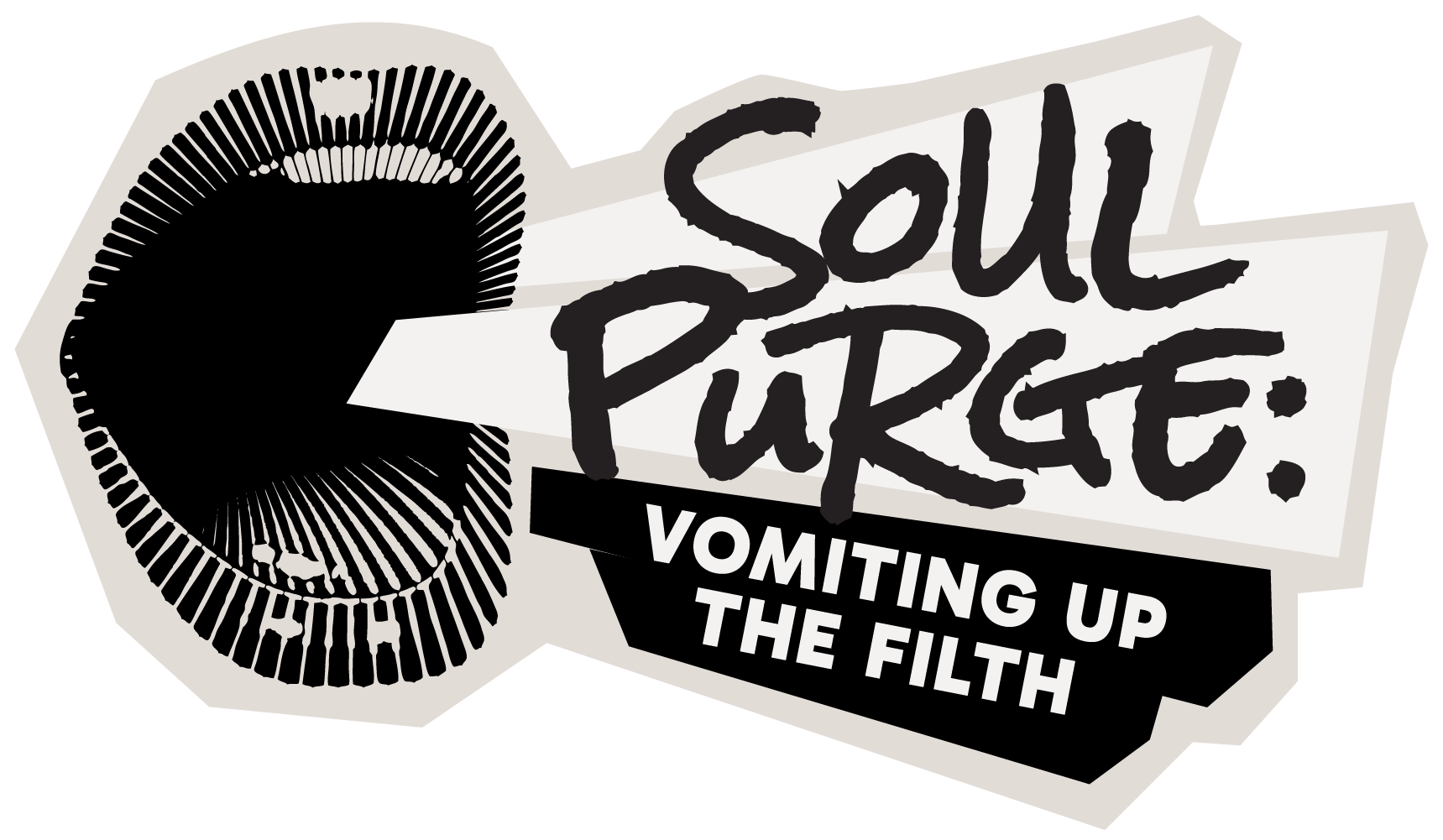Why Spanking Should Be a Crime

Hey! I'm Mica
Mica is a survivor, space-holder, and strategist exposing the psychological weapons behind Evangelical Christianity’s hostile takeover of America.
Learn more

Get FREE Access to Week 1!
Ready to reclaim your soul and discover your truest self?
Subscribe to my Newsletter
Get curated and distilled insights straight to your inbox
Find a specific post
Study Shows Spanking Causes Brain Damage
Despite the documented adverse effects of physical punishment on a child’s development, including increased mental health issues and substance use disorder, less than 30% of countries have outright banned the practice. The United States is not one of them. Now, with advanced imaging tools we have learned that spanking actually causes brain damage, regardless of parent’s intent or aftercare.
Spanking or “Corporal punishment (CP) has been defined as “the use of physical force with the intention of causing a child to experience pain but not injury for the purpose of correction or control of the child’s behavior” (Straus et al., 1997). However, such discipline (or its excessive use) has been considered as a type of child maltreatment and has been identified as having various negative psychological and physiological consequences. A history of exposure to severe corporal punishment is associated with aggression, delinquency, antisocial and violent behaviors, depression, suicidal behavior, and other psychiatric disorders such as PTSD and substance abuse1.
Despite its normalization in many cultures, a recent study revealed that a child’s brain experiences spanking as a traumatic experience similar to severe physical or sexual abuse, differing only in degree of experience not type. Spanking appears to activate the same fear and threat response pathways as other forms of abuse regardless of a parent’s intentions or aftercare. The dramatic changes to brain development can be seen with MRI and other brain scanning technologies.
There is no such thing as hitting your child in a way that will not elicit a fear/threat response from their nervous system. Children are completely vulnerable to parents who have complete control, a point which Christian parenting gurus often use as a justification for their violence instead of the very reason not to employ violence (because they only understand relationships as hierarchies).
Spanking can produce compliance via the “breaking off the will” which is the Christian term for disassociation and self-erasure. Children are fragile – you aren’t supposed to break them. You are supposed to build them up. Breaking their will at such a developmentally tender period induces structural disassociation that causes a child to split into a real self (hidden) and a false self (that pleases the caregivers).
“I was very surprised to find that corporal punishment affects the same brain areas that are affected by severe physical and sexual abuse “The magnitude was lower, but to see that spanking impacts a child’s brain development in the same way was a big surprise2.” Author Jorge Cuartas
Because spanking elicits a similar response in children’s brains to more threatening experiences like sexual abuse, it also produces compliance in the same way that rape produces compliance – through disassociation. The child learns to surrender their body to the predator while going elsewhere in their mind, waiting for it to be over.
The findings are in line with similar research conducted on children who had experienced severe violence, suggesting that “while we might not conceptualize corporal punishment to be a form of violence, in terms of how a child’s brain responds, it’s not all that different than abuse,” said McLaughlin. “It’s more a difference of degree than of type.”3
When a child experiences their caregiver as simultaneously both a source of survival and as a source of threat it creates structural disassociation. In order to cope, they split off into a real self (hidden maybe even from self)and a false self (that is approved by caregivers). This effectively arrests development of true self and atrophies social cognition and skills needed to advocate for oneself4.
Harsh corporal punishment also suppresses the development of self-knowledge and the ability to trust in one’s own judgment. Spanking for any reason does not create a “godly” child. It creates a compliant, people pleasing child who turns into an anxious, insecure adult who welcomes abusers into their life because they learned love and abuse go hand in hand.
APPENDIX A: Brain Damage Details and Scans
The following includes selected excerpts from the paper Reduced Prefrontal Cortical Gray Matter Volume in Young Adults Exposed to Harsh Corporal Punishment.
Harsh Corporal Punishment (HCP) is defined as minimum 3 years duration, 12 episodes per year, frequently involving objects. (These findings do not necessarily generalize to milder, less frequent, and less persistent episodes of spanking ending before age 6.)
We defined harsh CP (HCP) as a severe form of CP, in which an object (e.g., belt, paddle, hair brush) was used on occasion for the purpose of disciplining a child, provided it did not extend beyond the buttocks, was not conducted out of anger, and did not result in injury. Any intentional injury that received, or should have received medical attention, or left a scar was considered abuse.
HCP causes Brain Damage: Gray Matter Volume was reduced by 19.1% in the right medial frontal gyrus, by 14.5% in the left medial frontal gyrus and by 16.9% in the right anterior cingulate gyrus of HCP subjects. There were significant correlations between GMV in these identified regions and performance IQ on the WAIS-III.

The regions identified with reduced GMV are part of the medial rostral prefrontal cortex (MRPFC). Recent studies have pointed to the MRPFC as a region of the human brain that plays a crucial role in social cognition as well as functional organization (Amodio and Frith, 2006; Gilbert et al., 2007). In particular, medial BA10 and BA32 appear to be involved with self-knowledge, person perception and mentalizing (Amodio and Frith, 2006).
At its most basic level, self-knowledge involves the ability to differentiate the self from other objects and to recognize attributes and preferences related to oneself. The ability to represent another person’s psychological perspective is referred to as mentalizing, and this capacity allows us to predict the behavior of others.5
- Tomoda A, Suzuki H, Rabi K, Sheu YS, Polcari A, Teicher MH. Reduced prefrontal cortical gray matter volume in young adults exposed to harsh corporal punishment. Neuroimage. 2009 Aug;47 Suppl 2(Suppl 2):T66-71. doi: 10.1016/j.neuroimage.2009.03.005. Epub 2009 Mar 12. PMID: 19285558; PMCID: PMC2896871. ↩︎
- https://www.gse.harvard.edu/ideas/usable-knowledge/21/04/effect-spanking-brain ↩︎
- https://news.harvard.edu/gazette/story/2021/04/spanking-children-may-impair-their-brain-development/ ↩︎
- ↩︎
- https://pmc.ncbi.nlm.nih.gov/articles/PMC2896871/#R2 ↩︎
